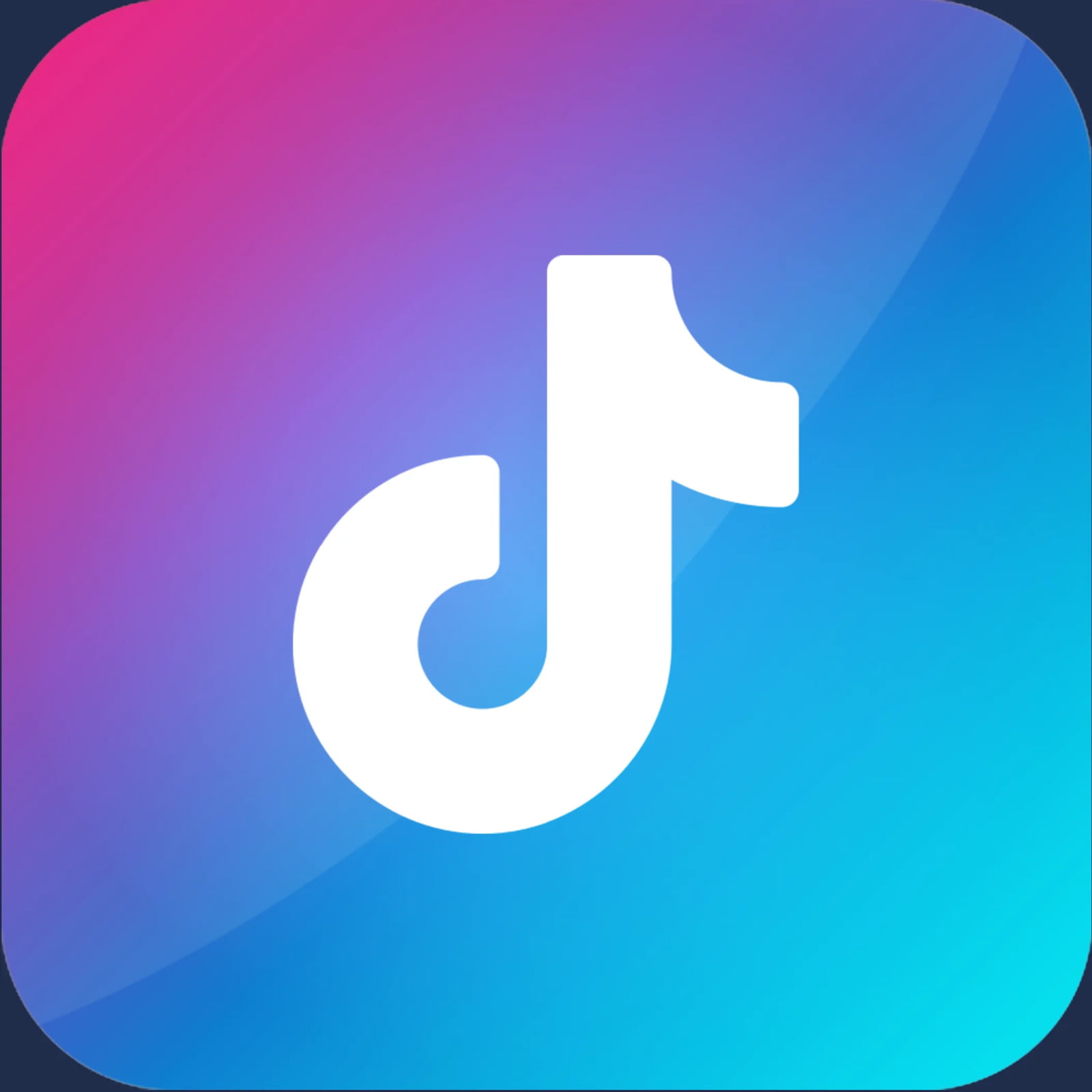
1. What is a call to action (CTA)?
1. What is a call to action (CTA)?
A "Call to action" (call to action), or as it is known in the field of digital marketing and communication, CTA, for its acronym, can be conceptualized as alink whose objective is to get the person who you are reading the message take immediate action. CTAs can appear in different formats and there is a great variety of them, so they can be customized based on the intention of our strategy, the different platforms we use to project it or the type of advertising we carry out (organic and / or financed). Online advertising without CTAs may be considered less effective, as they are common elements in digital marketing strategies. CTAs go wherever we, as digital marketing specialist, decide it appropriate according our intention.
2. Why do we need CTAs?
2. Why do we need CTAs?
Given the aforementioned adaptability and its guiding essence, CTAs position themselves as a fundamental tool for promoting a business and generating leads by teaching what should be done next. A CTA, in its indicator function, sends the user receiving our advertising towards one or more actions that respond to the interests of the company and that are aligned with the objective of the advertising. These mark the logical path of action to direct the user to and through the sales funnel, ensuring that on their journey they find all the CTAs necessary to become a consumer of our products. Given the laziness that characterizes the consumer of our times, CTAs, more than necessary, become essential to convert a potential lead into a consumer.
3. How many CTAs can there be?
3. How many CTAs can there be?
There can be as many CTAs as actions we can generate. We must bear in mind that CTAs must be short, suggestive and a bit aggressive, to give the potential future consumer the push they need to be interested and buy our product (s). There are some CTAs and variations of them that, due to their frequent use, have become the most popular and effective, we leave here some examples that, surely, we see every day:
- Call now
- Sign up
- Free Trial
- Visit the website
- Subscribe
- Share
- Comment
- More information
- Follow
- Request demo
- Learn more
- Buy now
- Get the app
- Watch video
- Send
- Chat with someone
- Click here
CTAs can be transitional, for those users who have not decided to buy and want to stay in their memory, we can tell them to ask for ¨More info¨ or download informative documents, or direct, for those users who are ready to purchase our product, which we would indicate with actions such as "Buy Now" or "Call Now".
4. How to define the right CTA?
4. How to define the right CTA?
To define a CTA, the most important elements to consider are the objective of the CTA, audience, format and the moment in the sales funnel. It is vital that we contemplate this last element carefully; CTAs, when marking the actions of the logical sequence that is the customer journey, must be defined based on the moment the customer is in the sales funnel. Therefore, CTAs must sustain a relationship with the content and the moment of the funnel to which the content refers, we would not put a "Buy Now" button if the content refers to the moment of awareness.
It is highly recommended to design the CTA buttons in an eye-catching manner and place them strategically both in the advertisements and on our websites, to facilitate their access to the user and keep them visible.







